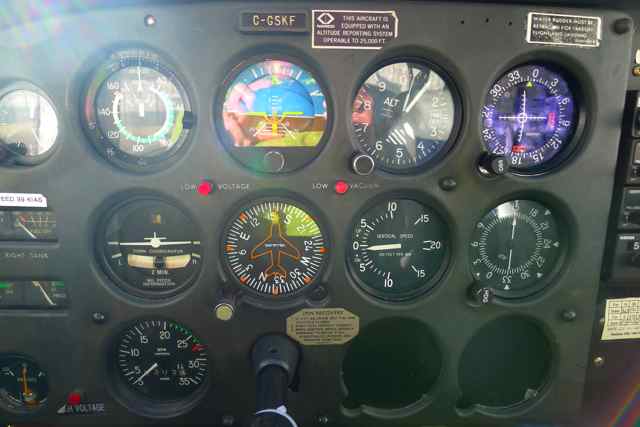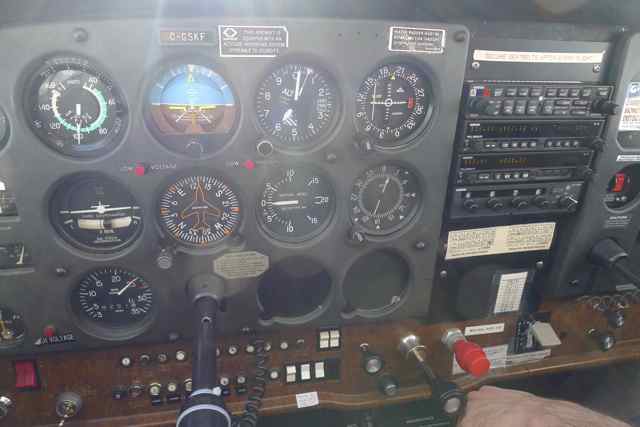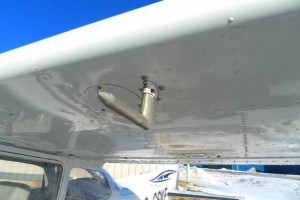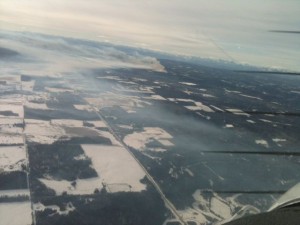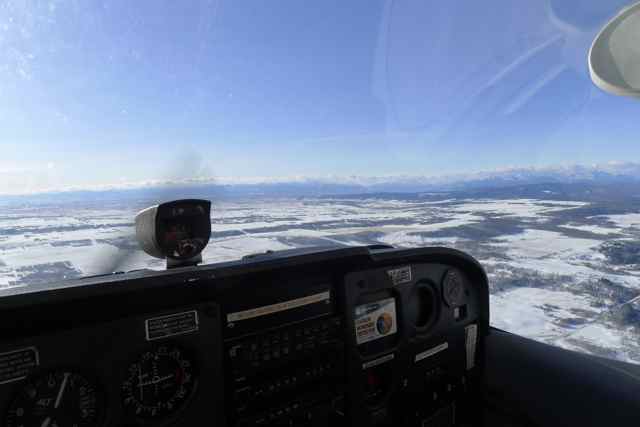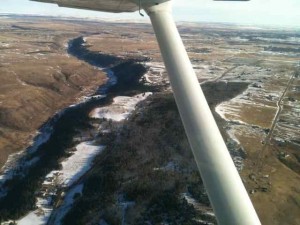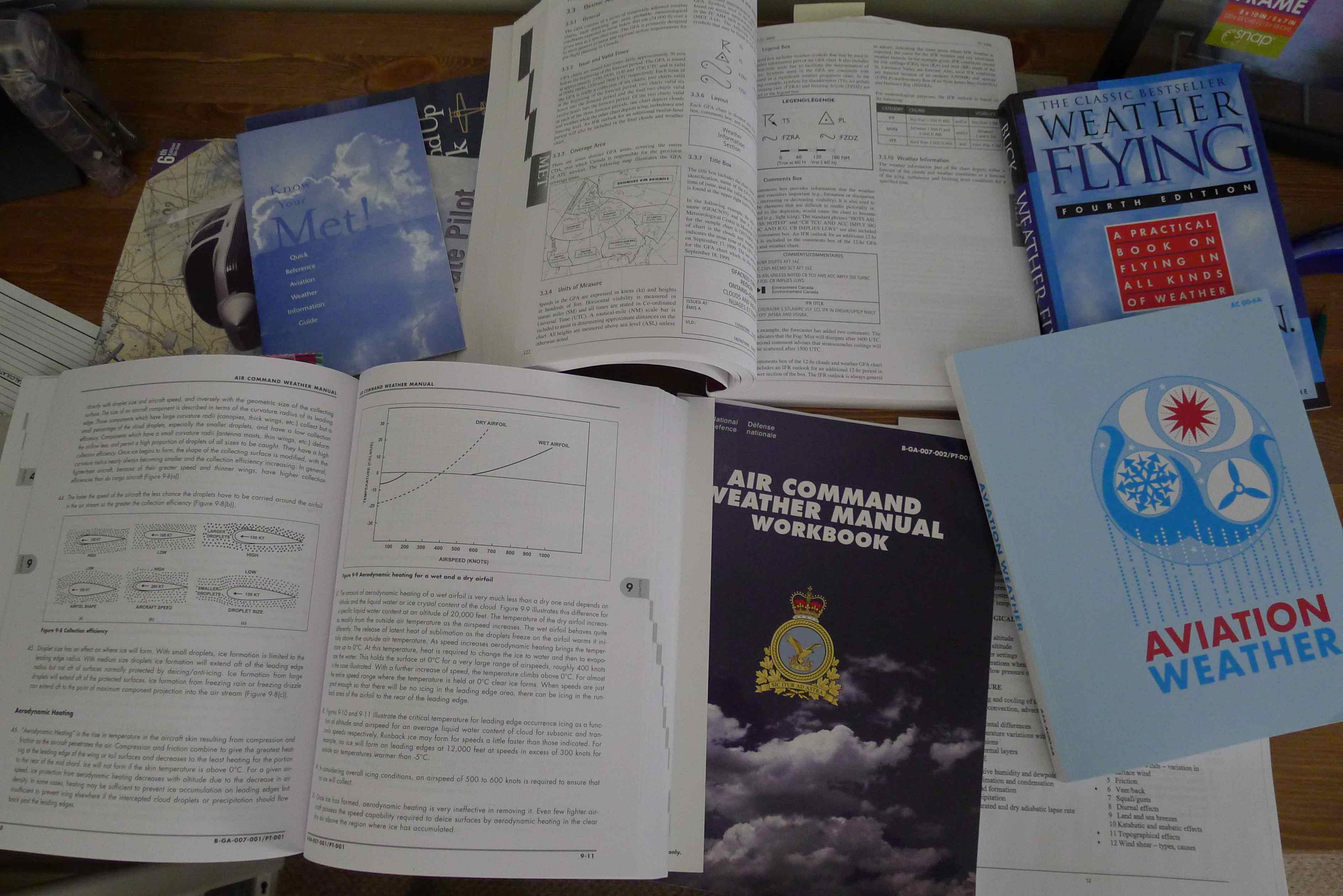
Being a pilot means being a student of weather – all the time.
Weather is so fickle in Alberta that you quickly learn how much flying depends on it.
I did my ground school for my PPL a few years ago at Centennial Flight School in Edmonton City Centre airport. After years of putting it off, I’m finally getting myself in gear to study for my ground school exam. It’s harder once you’re done ground school and have had a long break from the theory in the lectures. And one of the most challenging topics is weather. Things like instruments, aerodynamics, aircraft engines, navigation and air law, are more practicable, and used more often on a day to day basis. Many students struggle with weather theory the most.
Because I backcountry ski and climb, I feel like I already have a very close relationship with weather, specifically mountain weather. But in no other discipline will you have a more direct relationship with weather that you do when you fly. It determines whether you can actually go up or not, and your safety while up in the air. There is no ‘waiting out’ the weather once you make that decision to go up.
Weather determines whether or not we can fly VFR (with visual reference to the ground). Fog will ground many of us. Stay far away from thunderstorms, avoid icing and turbulence. Mountain waves can be deadly. We need to know how wind shear affects aircraft performance. Each airplane has a design limit for maximum cross wind – we need to be aware of these limits.
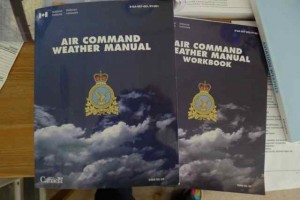
What are some of the best study aids for weather?
I want to share one of the most useful resources for studying weather I’ve recently discovered: the Air Command Manual which is published by National Defense Canada. My instructor suggested I purchase it and I am really happy I did. I find it very comprehensive and easy to follow: important sections are broken down into a series of lectures that can be easily referenced and reviewed. In addition, an accompanying workbook can also be purchased in which you can test your knowledge in each specific area. I find it a really great way to review and re-learn the specific weather topics. I have been using it every day since I got it, in preparation for the weather portion of my PPL written exam.
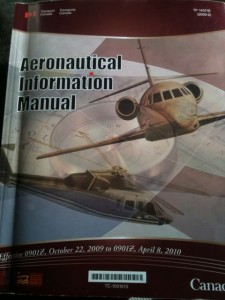
Transport Canada’s Aeronatical Information Manual (AIM) is also a very good source of weather information. It presents all of the weather products for aviation, in detail. It tells us when the reports are published and for what areas, how long they are valid for and what all the various symbols and abbreviations are on the charts. It is an invaluable study tool. This book is updated regularly and in fact, says on the cover when it is valid. For example, my old AIM book which is pictured was valid from October 22, 2009 to April 8, 2010. This book comes with your ground school kit when you sign up for ground school.
And of course, the flying “bible”for Canadian pilots, “From the Ground Up” has a very good and detailed weather section, giving us the theory and application. This also comes standard with your ground school kit.
These books can be referenced again and again, even once you are done your exams and have your license. Certain areas, particularly when it comes to weather theory are easy to forget and these books exist so they can be easily referenced. These books should be used regularly in your aviation career.
But of course, the best teacher is actually practical experience. Having all these resources is great but getting out and flying in all sorts of weather conditions, those we can manage of course, is indispensable.
Being a pilot means being a lifetime student of weather.
Review your weather reports!
Many different flight instruction books are available on Amazon



